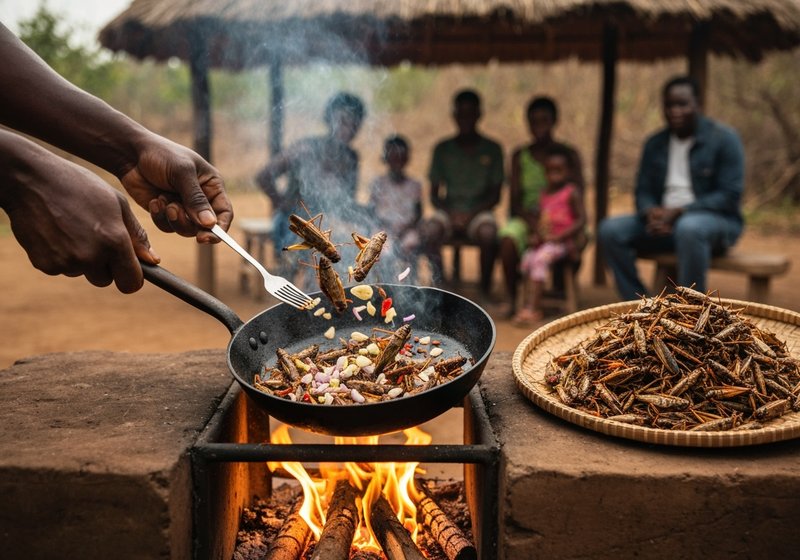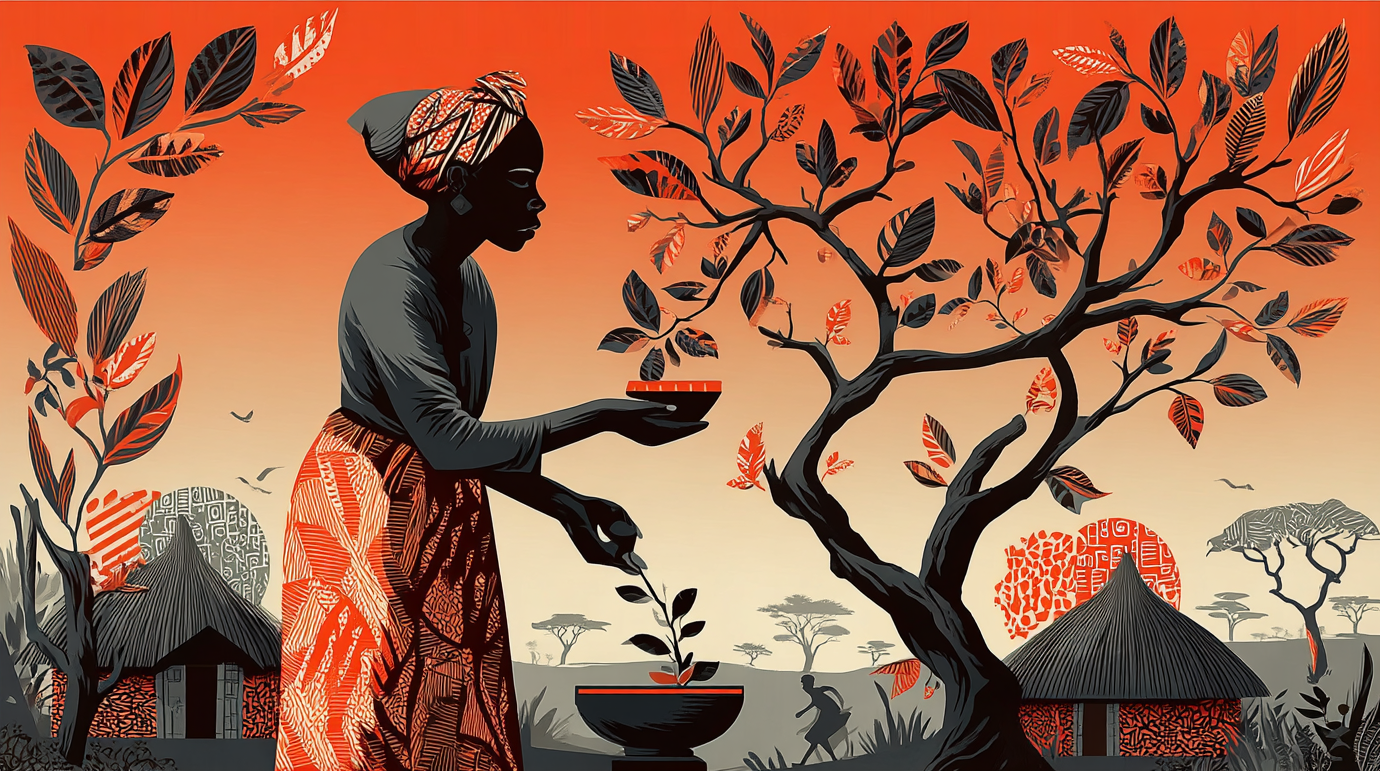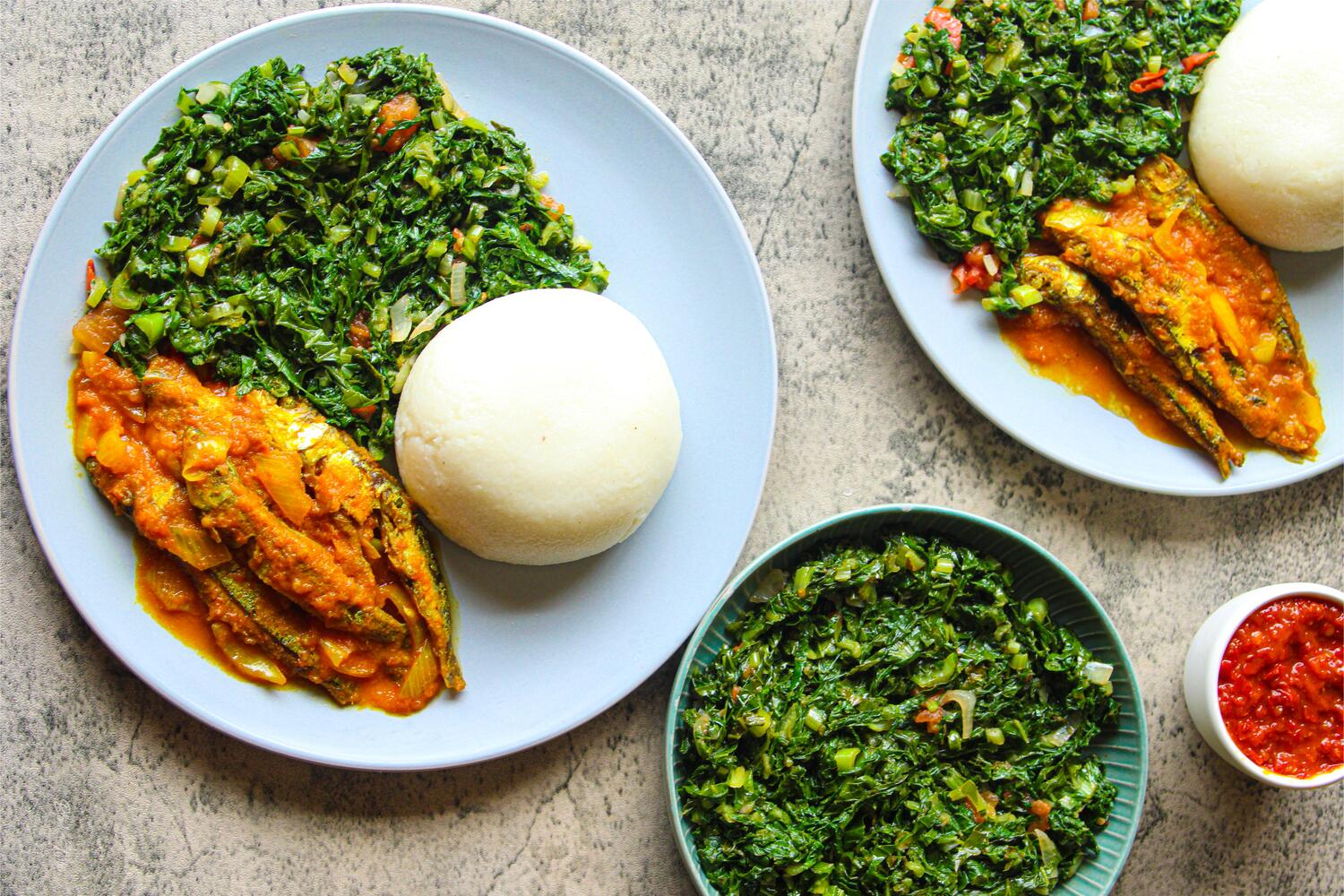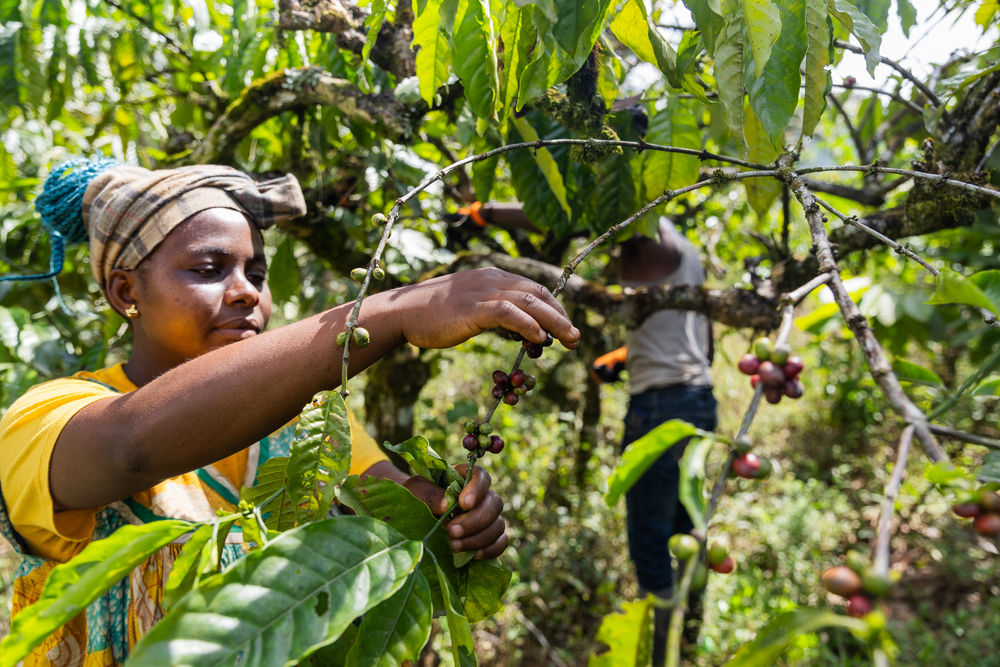Long before chia seeds and air fryers, Zambians practised the ultimate clean-eating lifestyle—harvesting wild mushrooms, protein-rich insects, and sun-drying seasonal bounty. This is a centuries-old tradition of nutrient-dense, zero-waste eating.
Way before “clean eating” became an Instagramable movement, before smoothie bowls, chia pudding and air fryers, Zambians were ahead of their time. They were harvesting horned melons under the blazing October sun, gathering plump, juicy Masuku fruits from wild trees, and sun-drying mushrooms under makeshift thatched shelters. Our forefathers naturally embraced what the world now reveres: sustainable, seasonal, whole-food nutrition.
Long before the first wellness blog told us to “eat what’s in season,” we were already doing it, guided not by trends, but by rainfall, ripening cycles, and ancient intuition.
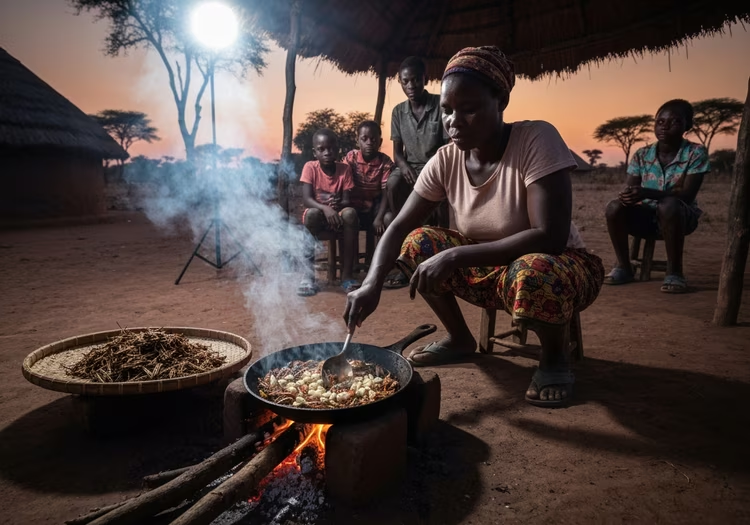
How Zambia’s Seasonal Foods Beat Modern Diet Trends
In Zambia, the rains don’t just signal the start of planting or to grab your favourite blanket; they awaken the bush, the soil, and the sky. It’s when Tente, a delicacy of wild mushroom also known scientifically as Amanita zambiana, peeks from the forest floor. With its meaty texture and nutty flavour, Tente is foraged, relished, and preserved with precision. When blanched and sun-dried, it becomes a nutritional powerhouse, packing natural plant protein, B vitamins, and phenolic compounds that support immune function and reduce inflammation. You will find the Zambian streets filled with these beautiful, umbrella-shaped mushrooms, and due to their scarcity, they don’t come cheap.
To accompany the Tente, the rains also usher in Inswa, flying ants that descend in coordinated clouds after the first storms. Their arrival is definitely a symbolic commencement of the rainy season. Caught (in the most creative ways from household to household), roasted, and stored, these winged delicacies are immensely packed in protein, essential fats, and micronutrients like iron and zinc. They are nature’s answer to the question: How do we stay nourished when meat is scarce?

Then come Shongonono; green, crunchy grasshoppers with their cult following. Foraged by hand and fried with oil and chillies, garlic and a lot of onion, these insects are not only rich in protein and healthy fats, but they also reflect a Zambian genius for nutrient-dense, zero-waste food systems.
Masuku, the wild loquat or African plum, appears in the heart of the rainy season. Sweet, tangy, and bursting with vitamin C and antioxidants, it’s gathered by both children and elders. It’s the kind of fruit that doesn’t come with a barcode or a plastic wrapper; it comes from the land, unrefined and untouched.
Then, there’s the unexpected star of the dry season: the Horned Melon (Cucumis metuliferus). Known locally for its bizarre spiked skin and juicy green interior with a taste very similar to cucumber, this fruit thrives when other crops wither. It’s naturally hydrating and high in vitamin C, offering sustenance during the year’s harshest months; an unsung symbol of dry-season resilience.
Clean Eating by Instinct, Not Influence
Today’s clean eating movement advocates for:
- Whole, unprocessed foods
- Seasonal eating
- Minimal preservatives
- Nutrient density
- Ethical, low-waste harvesting
But these are not new ideas to Zambia. They are ancestral practices, passed through generations not as diet fads but as survival tools and as cultural codes,
Even our preservation methods align with modern nutritional science. Consider the solar-drying structures many rural families construct, simple thatch frames elevated off the ground, allowing air and sunlight to dehydrate mangoes, mushrooms, or greens gently. Unlike commercial drying that strips nutrients with heat or adds preservatives, this method preserves natural vitamin content, colour, and flavour without additives. Clean eating, literally powered by the sun.

Vegetables like kalembula (sweet potato leaves) and bondwe (Amaranthus) are picked during the rainy season and blanched before drying. This not only softens their texture but also locks in vitamin A, iron, and antioxidants. Stored properly, these greens become life-sustaining relishes during dry months, usually paired with nshima or yum. The beauty of this? It’s low-tech, low-cost, and high-nutrition.
Zambia’s Functional Foods Backed by Science
As a health practitioner, I’ve come to appreciate how deeply food intersects with public health. Zambia’s seasonal food culture isn’t just flavourful, it’s functional.
- Inswa and Shongonono provide affordable sources of iron and protein in a region where anaemia remains prevalent.
- Masuku and horned melon combat micronutrient deficiencies by delivering antioxidants and hydrating properties naturally.
- Tente and other wild mushrooms offer immune-boosting compounds that rival commercial supplements.
- Blanched and dried greens ensure year-round access to micronutrients, supporting maternal health, child development, and immune resilience.
While global health movements now preach “food as medicine,” our elders already knew it. They didn’t need journals or dietitians to tell them which leaves restored strength after childbirth or which roots soothed coughs. They knew. And they practised it; quietly, daily, reverently.
Food System We Ignored
Zambia’s seasonal food traditions are a quiet rebellion against ultra-processed convenience culture. In a world overwhelmed by sugar-laden cereals and MSG-flavoured snacks, these indigenous foods remind us that our health doesn’t have to come from a clinic; sometimes, it comes from a basket right in your home.
Clean eating isn’t new, foreign, or elite. It’s ours.
